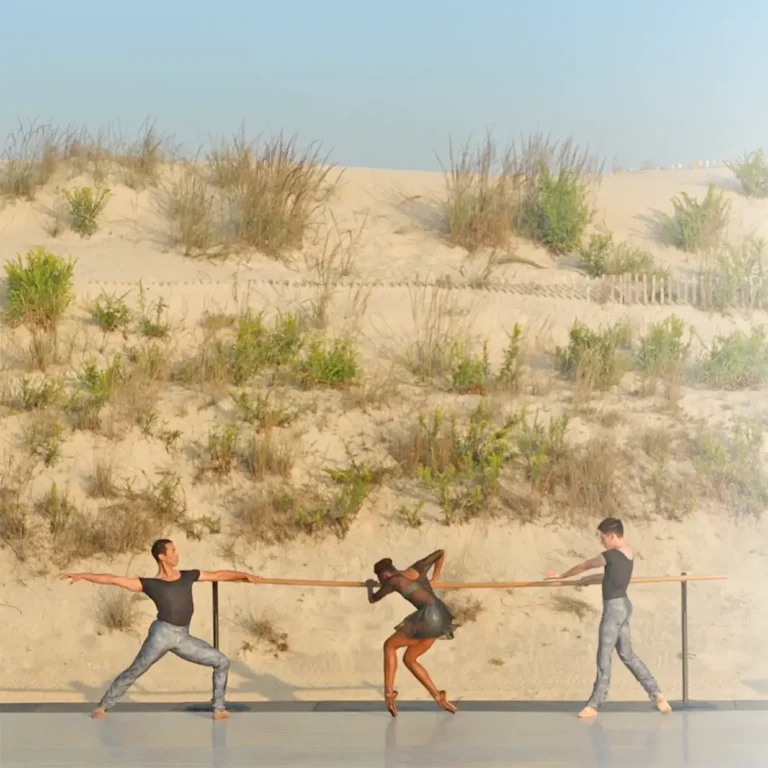We all have specific cities, venues and events we use to chronicle our lives. For some, their adolescence is archived by summer vacations along the Sandbridge shores or recorded by screams on the corkscrew turns of Busch Garden’s Alpengeist. For most Southside residents, however, their personal histories are tightly intertwined with Norfolk Botanical Garden.
As a toddler, you reveled in the WOW Splash Fountains and bounded uphill to Discovery Peak. You later graduated to sophisticated craft projects during elementary school field trips, then to driving through the Garden of Lights on your first high school date. Perhaps now you are a budding horticulturalist and seasoned student of the Garden’s Adult Education Program, or a member who brings your own children to experience the same childhood wonder you once knew. In whichever chapter of life you may be in, Norfolk Botanical Garden has grown, and continues to grow, with you.
The evolution of the now 175-acre park spans eight decades and epitomizes the importance of patience, perseverance and philanthropy. What began as a hopeful city project is now the state’s largest botanical garden and arboretum outfitted with 60 themed gardens, all of which are accessible by foot, bike, tram or boat via the Garden’s manmade waterways.
Birth of Botanicals
In June 1938, Norfolk luminaries Thomas P. Thompson, City Manager, and renowned horticulturalist Frederic Heutte, launched the Azalea Garden Project in competition with the tourist-packed azalea gardens of Charleston, South Carolina. Moreover, Thompson and Heutte longed to establish a local garden that inspired residents, educated visitors, promoted awareness and led home gardeners in their agricultural journey.
When Norfolk soil proved fruitful for the bright pink buds, the Azalea Garden Project received a roughly $76,000 grant and over 200 laborers from the Works Project Administration. The project’s workforce was comprised primarily of African American women who toiled over the grounds, clearing vegetation, transporting dirt and preparing a levee for the lake. Nearly one year’s worth of work yielded 4,000 azaleas, 2,000 rhododendrons, a bushel of daffodils and several thousand assorted trees and shrubs.
Interest in Thompson and Heutte’s project surged, resulting in an additional grant of nearly $140,000, the establishment of an official volunteer workforce dubbed the Old Dominion Horticultural Society, and by 1941, 75 blooming acres careening with five miles of walking trails. After one name change to the Norfolk Municipal Garden, the Norfolk Botanical Garden received its current title in 1958 and later its designation as a 501(c)(3) non-profit.
Green Thumb, Green Energy
The Norfolk Botanical Garden continues to carry out the legacy of its founders by prioritizing visitor experience and serving as a leader in environmental stewardship and community engagement. Last year was an especially impactful year for Norfolk Botanical Garden. To reduce waste, the park issued a ban on plastic bottles and installed refillable water stations for guest use, as well as composted over 1,300 pounds of vegetable waste. The Garden also joined Dominion Energy’s Green Power Program and switched to 100% renewable energy with the help of 120 newly installed solar panels.
The Garden’s commitment to sustainability is mirrored by its dedication to serving the Virginia community. Last year, park admission grew substantially with over 420,000 annual visitors experiencing the garden by foot or in the classroom. It was also awarded the prestigious Virginia Values Veterans, or V3, certification for welcoming a large population of veterans into its workforce.
As it has for the past 82 years, the future of Norfolk Botanical Garden shines brightly. Their newest campaign, The Garden of Tomorrow, shares visions of a Water Education and Rowing Center, renovated visitor center and contemporary conservatory. As the flowering acres grow, their gardens and walkways are always open for you.



























